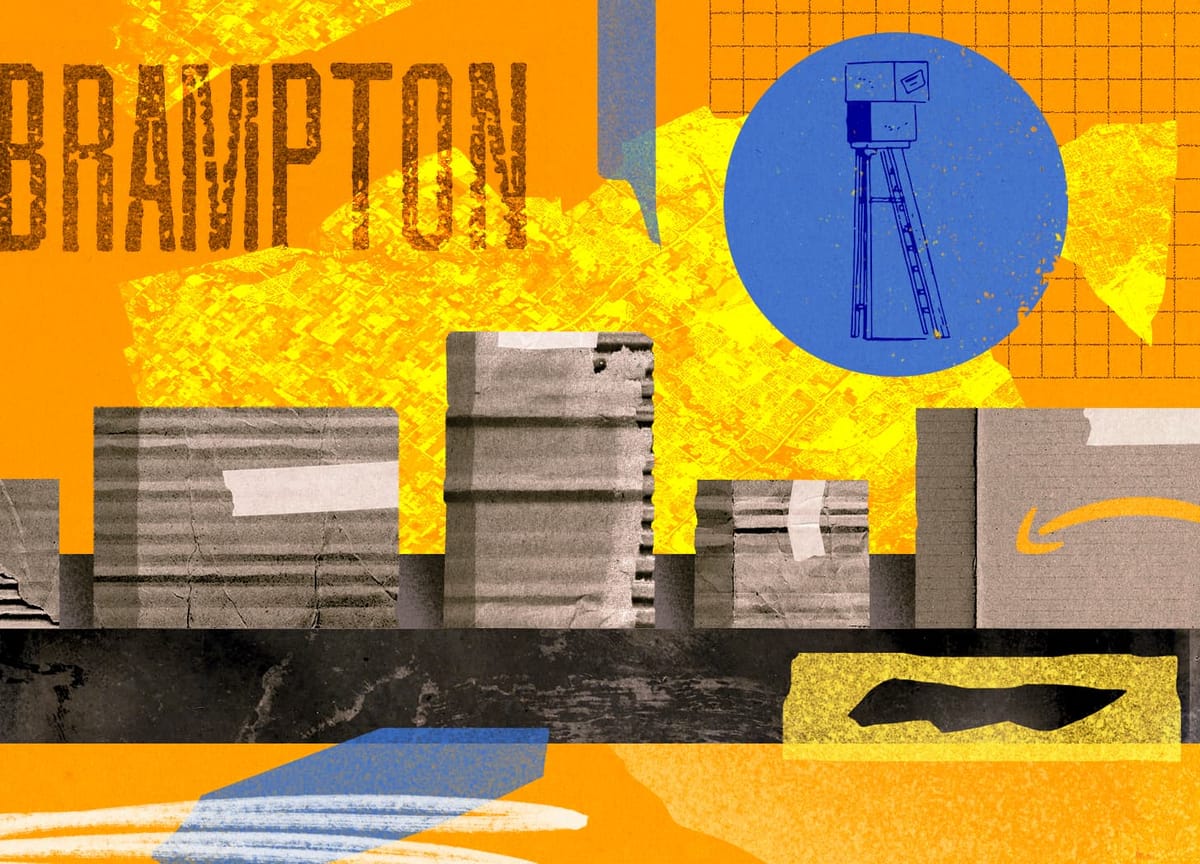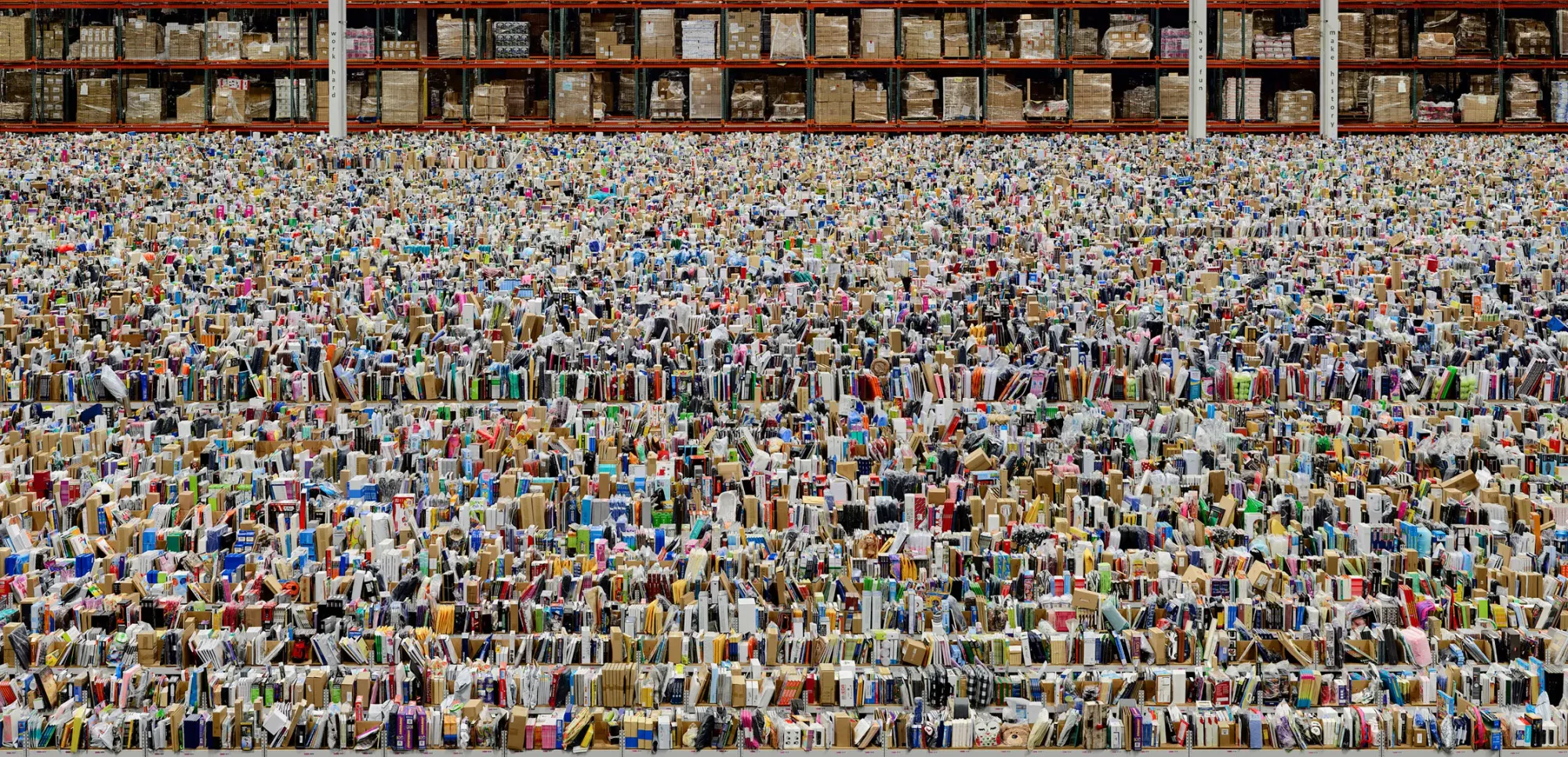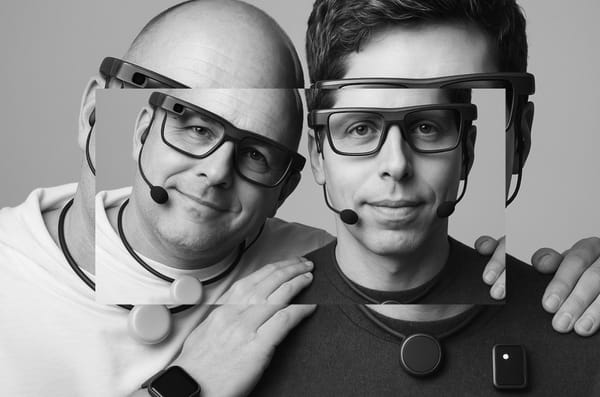Seeking Fulfillment
On touring an Amazon warehouse and reading Heike Geissler’s “Seasonal Associate”

Hi everyone,
This week, I write about visiting an Amazon Fulfillment Center and Heike Geissler’s wonderful book Seasonal Associate. I am still processing the experience!
Kudos to Charles, the one reader who guessed the “Easter egg” in last week’s newsletter (the links were to stories in five-year intervals going back twenty-five years 🤓).
Until next time,
Brian
A Quote I’m Carrying with Me
I’ve doubled down on the dimensions of my being that ChatGPT can’t fathom: my sensitivity, my care, my intuition, my eros, my curiosity, my sense of what is good, true, and beautiful. –Daniel Thorson, on Twitter
🔗 A Few Good Links
- ◜🍂◝ “When I went yesterday, the tarp was off, the plywood was rotting and covered with fallen leaves.” Greg Allen on the afterlife of Richard Serra’s infamous sculpture Tilted Arc
- 📦⛔ Writer Lloyd Alter on a new manifesto that “puts sufficiency at the heart of the European Union’s future.”
- 💧🏃🏻♀️ A new project by Rachel Binx that tracks the shrinking Salton Sea using Strava data from a runner who circles it once a year
- 🌱🏢 Writer Anthony Paletta on the massive green roofs installed atop former US Postal Services facilities in New York and Chicago
- 🏭🛣️ If the subject of today’s newsletter interests you, in addition to Geissler’s book I also recommend my old pal Jesse LeCavalier’s The Rule of Logistics, which place this subject more firmly in the context of architecture
Seeking Fulfillment
The registration form for a fulfillment-center tour includes questions like “How would you say you feel about Amazon overall as a company?” “How much do you agree or disagree that Amazon is a safe place to work?” The defensive posture is telling, so I may as well say it up front: I think Amazon should be a last resort, after you’ve exhausted other options for buying what you need; after years of criticism and lawsuits, especially about how it treats workers, I am skeptical about the company as an employer; and, to take one of the company’s latest press releases, I wouldn’t give it a scan of my palm. But I am an intermittent Amazon customer, aware of how it underpins a large part of the Internet, and curious about how things work. One of the public-tour sites is a robotics-enhanced “sortable fulfillment center” on the suburban/exurban edges of Brampton, west of Toronto, so I drove out on a wet, blustery morning to see it.
The first things you encounter are the loud, mechanical buzzing of high-speed conveyor belts and the six full-height, security-grade turnstiles that prevent unauthorized access. As I waited for the guide, I reconsidered my decision to not bring earplugs. Once through the gates, I saw a banner celebrating the single day this facility processed more than one million items—just as I saw my first cardboard box zoom past on a belt up near the ceiling.
The tour is tightly choreographed: it begins with a hallway display celebrating employees who have worked for the company more than five years and ends with another highlighting the company’s volunteer “community engagement” events—for example, at a local food bank. In between, you follow the typical path an item takes through the warehouse, from receiving to stowing to packing to shipping. After the long, low hallway, we emerged onto the floor. I looked at our guide, who gestured toward things behind him, and marveled at the scale and complexity of the operation. He talked for a few minutes and then gestured in the other direction. I turned around and realized we had arrived into the middle of the warehouse and what had awed me—dozens of conveyor belts, hundreds of employees, and thousands of products—was only half of the space.

At the “universal station” where a woman was stowing newly received items in robot-driven carts, we were shown the scanners that log the products and direct her where to put them. I couldn’t help but also watch the clock, at head height, that reset every time she completed a task. She, too, began glancing at it as our guide took his time explaining the machines and the process she was helping. I began to feel anxious, despite also seeing the screen with an animated forest scene and animal sprites—the “game” that pitted her against her nearby coworkers.
I’m not a muckraking writer like Upton Sinclair, and no one we encountered seemed to be unduly put off by their work. But our brief glimpse is nothing like a ten-hour shift completed four days a week. For that, I turned to German writer Heike Geissler’s brisk and formally inventive 2015 book Seasonal Associate (buy in the US or Canada), which lightly fictionalizes the weeks she spent during the 2010 Christmas season working in an Amazon warehouse in Leipzig.
“The task you have to learn is this,” Geissler writes. “Always pay attention to the computer, which tells you what to do and what everything’s name is.” Observing the movements of a more seasoned colleague, she notes, “everything is subordinated to his sense of time, and each product to be processed is merely something that impairs the adherence to time requirements more or less than others.”
As we moved along and asked our guide more detailed questions, he increasingly referred to “the system.” “The system knows it,” he said repeatedly, referring to the computer programs that guide both people and machines. But as Geissler recognized more than a decade ago, that system is designed to slowly replace those people: “You, in the midst of your coworkers … are nothing but a placeholder for machines that have already been invented but aren’t yet profitable enough to permanently replace you and your workmates, who are very low-cost. The fact that your presence is necessary troubles your employer.”
I still don’t know what to make of my visit, even with Geissler’s wonderful book making personal the giant abstraction I witnessed. The details won’t quite cohere. Powerpoint slides on video monitors celebrating employee achievements list people by user login, not by name. There are constant injunctions to use your “power zone,” from mid-thigh to mid-chest, to avoid injury. I feel ambivalent and at a loss for metaphors. The warehouse’s operation calls to mind complex biological processes like digestion or photosynthesis, but those life-giving operations feel inherently wrong. On the drive home, back into a city that, with its inequities, may be a better metaphor, I grappled with what I had just seen. I parked, walked half a block, and bounded up the stairs to find a cardboard box with the telltale soft smile waiting on my porch.





